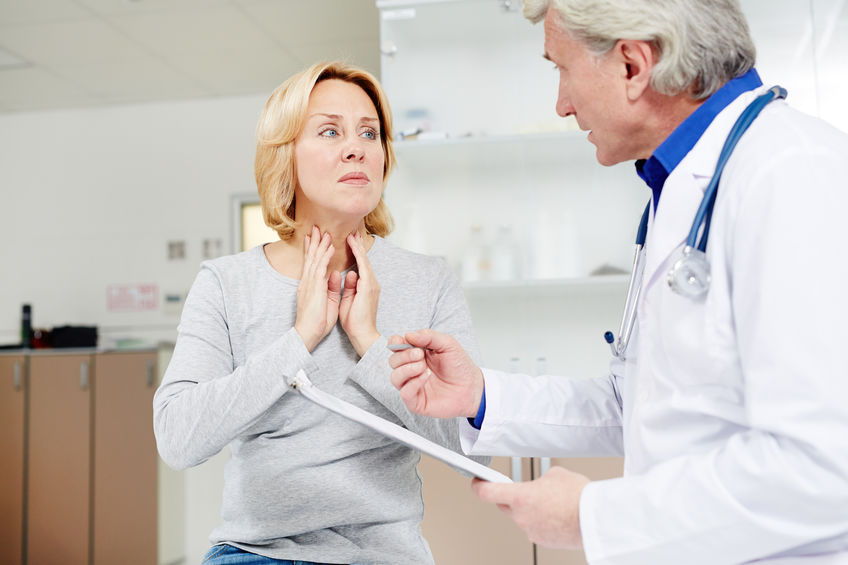Why Are Lymph Nodes Important?
Lymph nodes are an integral part of the body’s disease-fighting strategy. The lymphatic system works with the immune system to fight disease and infection. Small in size, lymph nodes are as big as a kidney bean. Nodes are comprised of lymphocyte and macrophage cells that group and connect to a layer of tissue. Lymphocytes are white blood cells produced by the body’s bone marrow. Lymphocytes can be broken down even further into two groups: B cells and T cells. B cells produce antibodies to fight foreign invaders, and T cells destroy cancer cells.
The lymphatic system
The vessels and nodes create a network throughout the body called the lymphatic system. Lymph nodes are typically located along the neck, groin, and armpit areas of the body. The nodes filter a fluid, called lymph fluid, through the system and release the fluid back into the bloodstream, free from bacteria. When any of the nodes detect a foreign invader, lymphadenopathy occurs. Lymphadenopathy means the lymph nodes are swollen and infected.
Why would someone need a lymph node biopsy?
Cancer affects the lymph nodes in two ways. Cancer can either spread to the lymph nodes or start in the lymph nodes. Cancer cells spread to the lymph nodes through the lymphatic system. As cancer cells develop into a tumor, the cells can break away from the growth and travel through lymph fluid to the nodes. The nodes are already equipped with lymphocytes to kill cancer cells, but sometimes, cells can survive and create new tumors elsewhere in the body. Metastasis refers to the spread of cancer from one area to another. By the time cancer cells have spread to another area, the cells have gone through several changes and are stronger than before.
What happens during a lymph node biopsy?
Typically, lymph nodes are hard to detect. However, inflammation makes the nodes larger and easy to feel with fingers. To test for cancer cells, doctors must remove a lymph node from the body. This sampling is the removal of a group of lymph nodes. If the patient already has a tumor, doctors will take a sample of the growth to compare to the lymph node. The samples are sent to a pathologist to test for the presence of cancer cells. Cancer cells can range from few to a large mass growing outside of the cell into the connective tissue. Doctors also use imaging tests like MRIs and CAT scans to detect infected lymph nodes. A mammogram is a type of imaging test.
Seek treatment today
For any concerns regarding swollen lymph nodes and cancer, speak with a doctor. A healthcare provider will be able to recommend tests and answer any questions regarding lymph nodes and biopsies.




